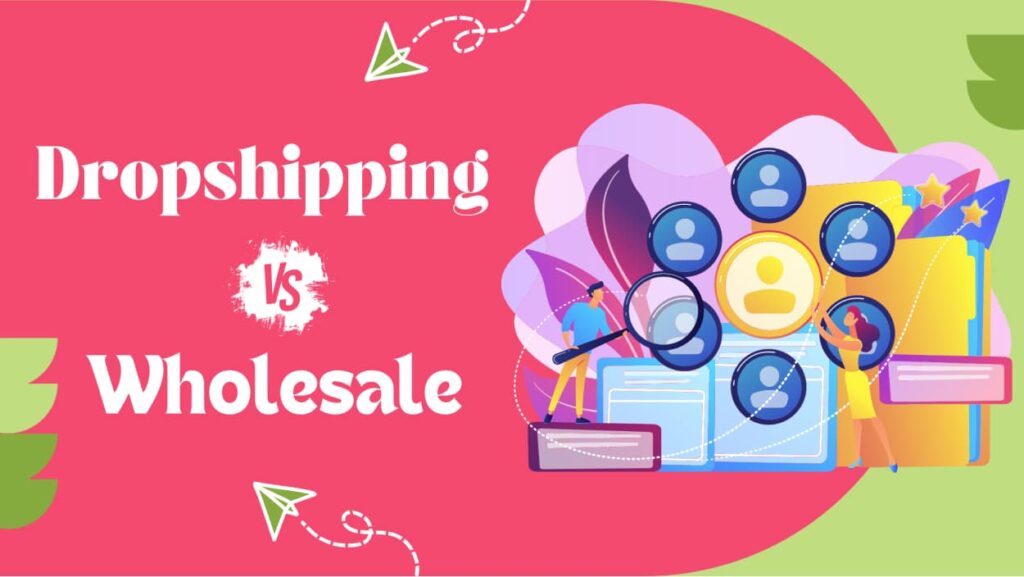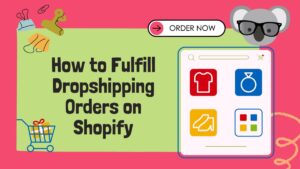If you’re planning to start an online business from a starting point, consider it’s easier said than done. The biggest drawback is the existence of many business models, and finding the right one is crucial yet difficult.
Before starting an online selling business, getting to know every aspect of e-commerce business models eases the process. The two most popular business models standing out from the crowd that fire the ongoing battle are dropshipping vs. wholesale.
Here, you’ll find out more about two selling business models, the order fulfillment and the profit margins. You can choose which model suits your needs, wholesale or dropshipping.
Importance Of Choosing The Right Method For Dropshipping
For businesses that were founded in the digital age, dropshipping has been a lifesaver when it comes to breaking into the retail industry. Also, it’s a great way for businesses to try out new product lines without taking too many risks.
Dropshipping has grown increasingly popular in recent years, and according to recent studies, its market size value is predicted to reach nearly $ 500 billion by the end of 2026. This has drawn many interested future businessmen willing to take the first step towards realizing their dropshipping business.
Before jumping into action, it’s crucial to consider the right method for dropshipping. Here are a couple of key points that are worth considering before choosing the right method for dropshipping:
- Scalability requirements
- Range of product
- Profit margins
- Branding control
- Opеrational difficulties
- Supplier connections and relations
- Markеt compеtition
Dropshipping vs Wholesale: How Does Dropshipping Work?
So, what exactly is dropshipping? Dropshipping is an e-commerce business model that involves moving a certain product from the manufacturer directly to the hands of the customer.
There are a couple of misconceptions about this method, such as dropshipping being easy, illegal, etc., but it’s far from that. This online model allows sellers to be entirely free of warehousing inventory. They are free to use third-party companies as their suppliers, such as AliBaba and AliExpress, that will ship the goods right to the customers’ doors.
Dropshipping consists of the following 4 steps in order:
- The buyer makes an order. The customers land on your online shop, browse the different categories, find something that suits their taste, and make an order.
- Forwarding the order to the supplier. As soon as the order is completed, you send it to your supplier, which makes your dropshipping easier, and in most cases, the automated system does the whole trick. It immediately gathers all the information about the order and sends it to the dropshipping supplier.
- Packing, preparing, and ready for shipping. The supplier takes over the whole thing. They take the ordered sourcing product from their warehouse, do the packing, and finalize the preparation, making it ready for shipping. The supplier’s job is to ensure the ordered item reaches its owner.
- Falling in the customer’s hands. This is the moment that every customer awaits—the arrival! After packing and preparing for shipping, the supplier makes sure that the product falls in the customer’s hands promptly and safely, thanks to their shopping, transport, and logistics services.
How Does Wholesale Dropshipping Work?
When a buyer makes an order, you buy the purchased goods from the distributor, who does the packing and shipping service for the customer. That way, as the retailer, you only charge for the sourcing product, which allows you to make a profit without the hassle of handling logistics.
Focusing only on sales makes wholesale dropshipping a very simple and efficient business model for retailers. One of the crucial advantages of this business approach is that you do not have to worry about inventory management and storage. Instead, you can rely on your dropshipping suppliers to handle those aspects and enjoy reduced upfront costs and risk-free business opportunities.
Benefits of Wholesale
A company can expand its clientele through wholesaling to include more regions and customers with greater buying capacity, all while keeping a solid income stream. Businesses enjoy many industry-specific benefits when they use business-to-business (B2B) wholesale bulk order software. There are multiple benefits of using the wholesale model, such as:
- Sales increase with no need for bigger investment
- By increasing the customers’ loyalty, you increase your brand value
- Enhanced credibility
- Very low costs for the store’s operation
- Creating a brand
Challenges of Wholesale
Like any other business model, wholesale has risks and challenges. Entrepreneurs interested in wholesale need to carefully analyze the market and competition before investing. Some of the risks and challenges include:
- Maintenance of optimal inventory.
- The complexity of supply chain management and logistics.
- Strong competition in the market.
- Lower profit margins due to price pressure.
- Difficulty in finding reliable suppliers.
- High costs of marketing and advertising.
- Economic downturns and uncertain market conditions.
6 Main Differences Between Wholesaling And Dropshipping
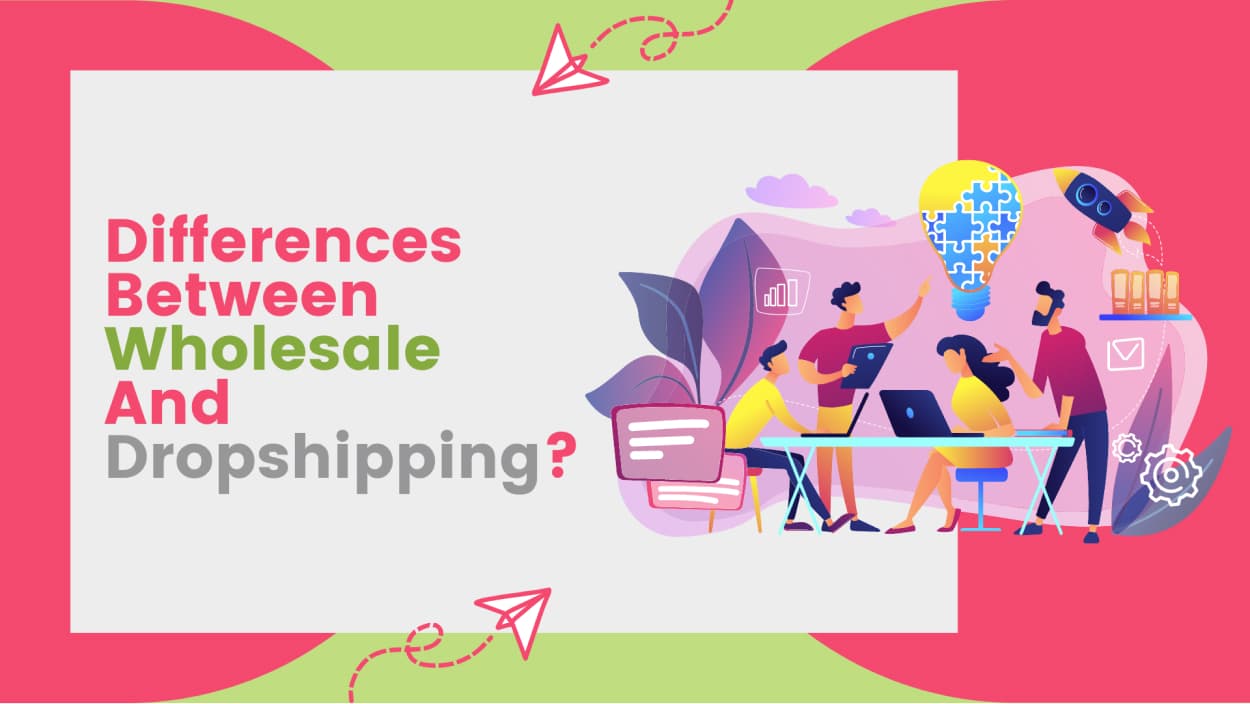
Whether wholesale or dropshipping, both concepts have specific characteristics and differ from one another in many aspects.
Initial Investment
The initial investment can be tricky for bringing the business to life. Between the dropshipping vs wholesale initial investment model, dropshipping has an advantage as there is no need to buy any items upfront. Your initial investment is a full subscription to an online business platform. On the other hand, wholesalers need to equip themselves with large quantities of goods and find a proper storage place.
Inventory Management
Keeping track of the stock you get from the vendor is your responsibility when you run a wholesale shop. This includes planning for storage space, handling orders, controlling inventory, and recruiting personnel for order picking, packaging, and shipping. On the other hand, you don’t have to worry about inventory management or any other type of handling when you use dropshipping. The dropshipping supplier takes care of inventory management and order fulfillment for you.
Supplier Relationships and Quality Control
Finding the perfect suppliers is the most important step for putting any dropshipping or wholesale shop on the track. For wholesalers, you can buy your goods from B2B distributors or retailers. You can also ask for product samples and check the product conditions before they land in the customer’s hands. On the contrary, using the dropshipping method, you can’t always get the chance to try out the product’s condition and quality before it gets to the consumer.
Packaging & Shipping
Dropshipping businesses deal with the grunt labor associated with fulfilling orders. Therefore, you’ll have more time to devote to other aspects of managing your company. Wholesaling requires you to manage every step of the fulfillment process on your own, coordinating with delivery labels and other logistics providers. This might add complexity and a little more expense to your business.
Branding
Other vendors will constantly compete with you for the same pool of potential customers. But if you’re going to dropship, you might as well be selling the same goods under different brand names. To help you stand out from the crowd, wholesalers are in a better position, as they get pickier about the companies they work with and may provide a broader selection of products. This can give you a competitive edge in the market.
Scalability
Being a wholesale business owner allows you to make closer connections with suppliers for a shorter period. In most cases, the supplier is also the goods manufacturer. It’s much easier for white-labeling and fast-shipping requests, as they already have the readily available inventory.
Dropshipping requires the retailer to rely on third-party suppliers to fulfill customer orders. Plus, the retailer may face challenges in maintaining consistent branding and the customer experience.
Advantages & Disadvantages of Wholesale and Dropshipping
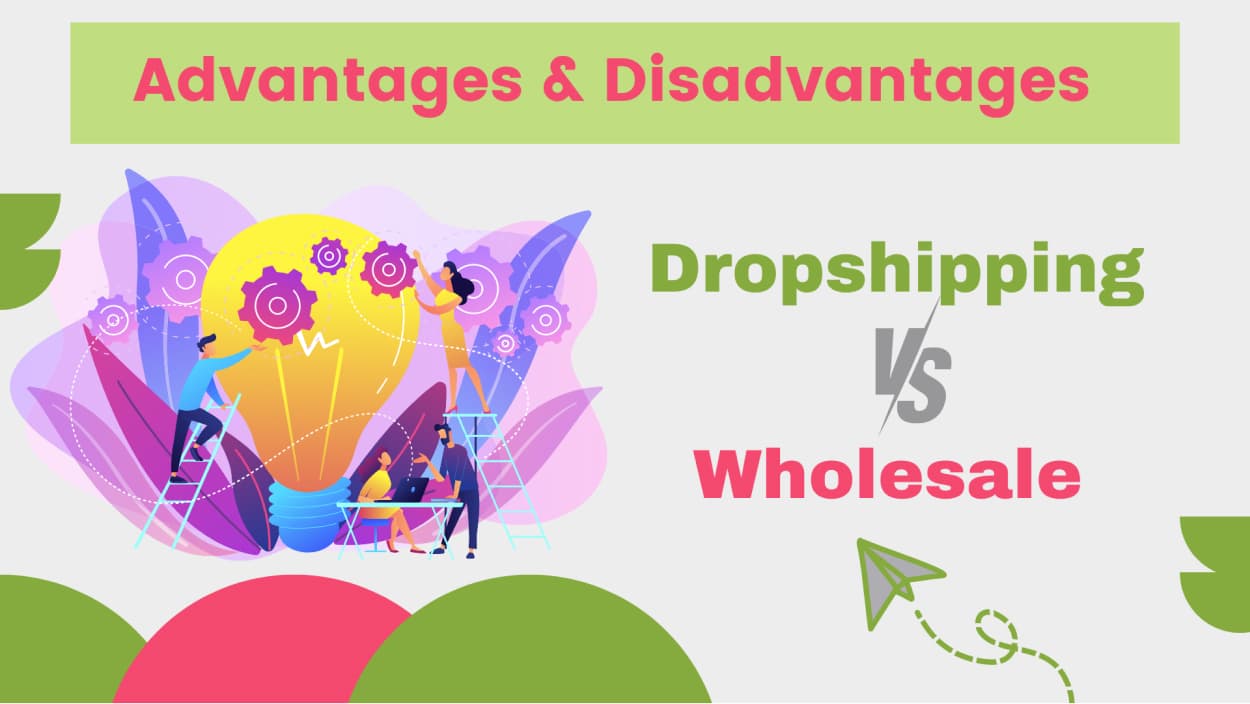
Here are the top 5 pros and cons that define the dropshipping vs wholesale battle:
Wholesale Pros & Cons |
|
| Pros | Cons |
| Higher profit margins | High initial cost |
| Strong bonds with suppliers | Overstocking risk |
| Absolut control over inventory | Challenges related to logistics |
| Control of brand, packing, and customization | Constraints on product diversity |
| Reduced reliance on outside parties | Responsibilities with shipping and handling |
Dropshipping Pros & Cons |
|
| Pros | Cons |
| Low upfront costs | Thin profit margins |
| Lower risk | Full suppliers dependence |
| Different product variations | Challenges related to quality control |
| Flexible and scalable | Aggressive competition |
| No shipping and handling fulfillment | Brand control limitations |
Wholesale vs Bulk Buying
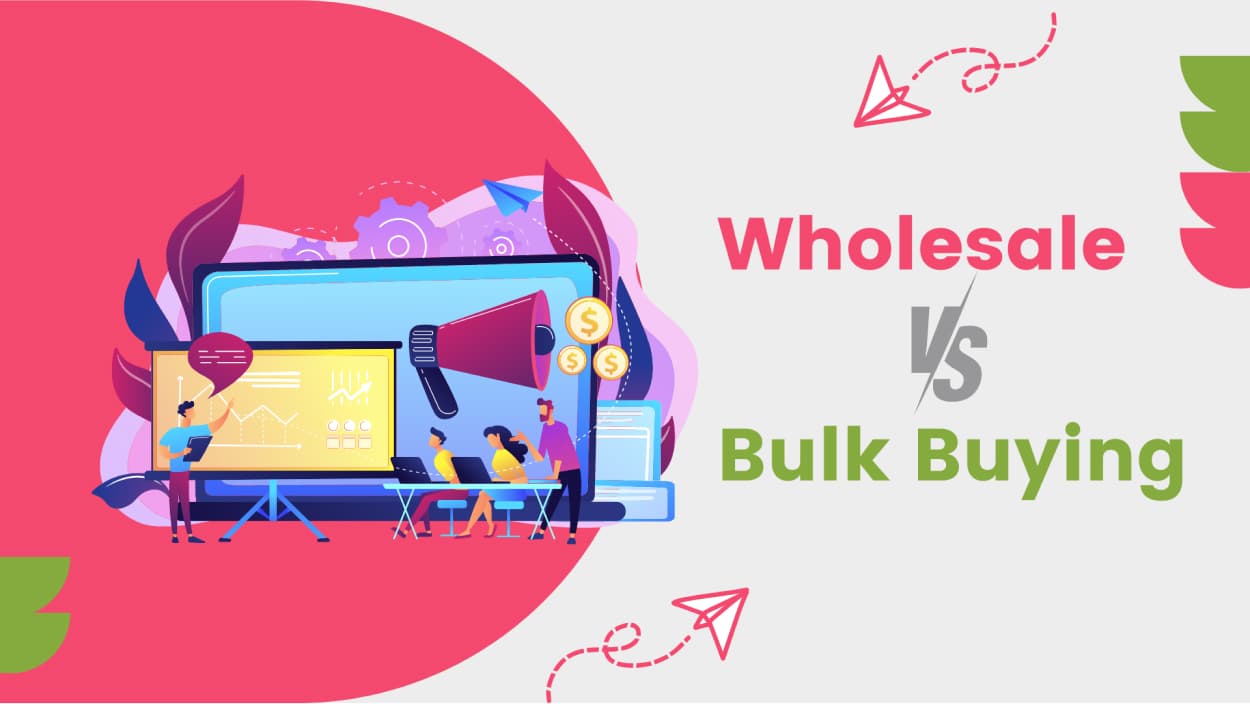
Buying large quantities leads to two key purchasing options: wholesale and bulk buying. There are key aspects that make them differ from one another. Speaking of wholesale, it’s an e-commerce business model that buys goods in large quantities, stores them in their own storage facilities, and then makes small-quantity sales to consumers.
On the other hand, bulk buying involves buying many product pieces for a significantly lower price per item. Either suppliers or buyers can make this purchase based on their fit and needs.
Even though the wholesale business needs a larger initial investment and enough space for bigger inventory, it offers higher profit and high-quality product control. On the contrary, bulk buying offers more freedom for buying a huge number of items at a lower cost, but no one guarantees the quality or control of the inventory.
Finally, the model you choose is entirely yours, as it depends on your needs, including the volume of orders, brand exclusivity, etc. Take into account the hits and misses of each of these two models to make a right and risk-free decision.
Dropshipping or Wholesale. Which One Is Right For You
Deciding whether to sell wholesale items directly to customers or act as a dropshipper is difficult. You may get high-quality products for your online store from either of these sources, and each has its hits and misses. Numerous aspects will go into determining your best course of action.
Buying in bulk is a good option if you want to be hands-on with order fulfillment, have access to more unusual products, and manage tasks like package wrapping and branding. The ease and low start-up expenses of dropshipping make it an attractive option for small businesses seeking to establish an online presence with little outlay of capital and time.

